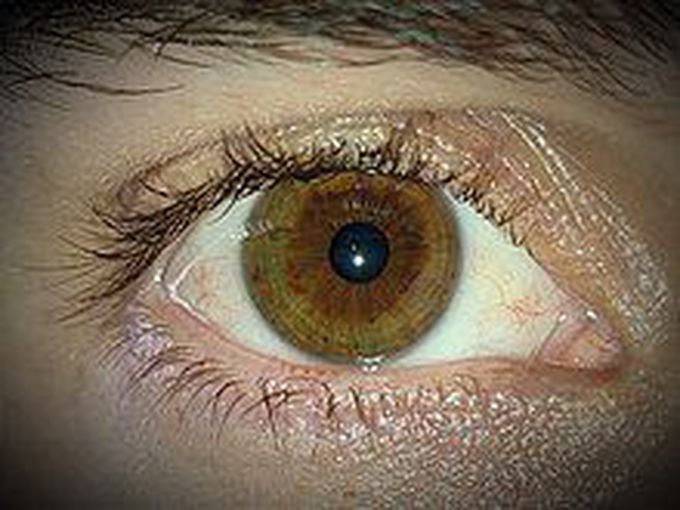


Causes of heterochromia iridis
If your eye color changes after you're an infant, it's called acquired heterochromia. Possible causes include: Eye injury. More than 80% of eye injuries happen during projects around the house, sports, or other recreation. Glaucoma. This eye disease affects more than 3 million Americans. Fluid buildup raises pressure in your eye. It may cause vision loss, but early detection and treatment can help prevent that. Swelling caused by iritis or uveitis. Certain medicines, including glaucoma drugs like bimatoprost (Latisse, Lumigan) and latanoprost (Xalatan). Neuroblastoma. This is a cancer of the nerve cells that usually affects children under 10. When tumors press on nerves in the chest or neck, kids may have a drooping eyelid and a small pupil. They can also get heterochromia. See a doctor right away if your child's eye color changes. Eye cancer. Melanoma can affect your eye in rare cases. It happens in the melanin. One sign of eye melanoma is a dark spot on the iris. Blurry vision or sudden vision loss are also common
Xerophthalmia
Acute Conjunctivitis (Pink Eye) | Allergic, Bacterial, Viral | Symptoms, Diagnosis, TreatmentWhat causes eye freckles? Are they dangerous?Strabismus: Everything You Need To KnowFATTY DEPOSITS of CHOLESTEROL around EYES | How to get rid of it?-Dr.Rajdeep Mysore|Doctors' CircleGlaucomaIdentify the Test

